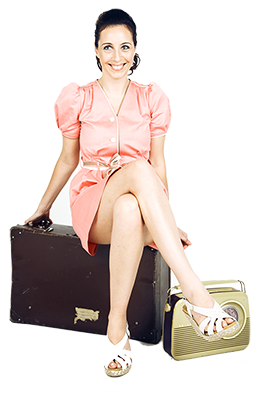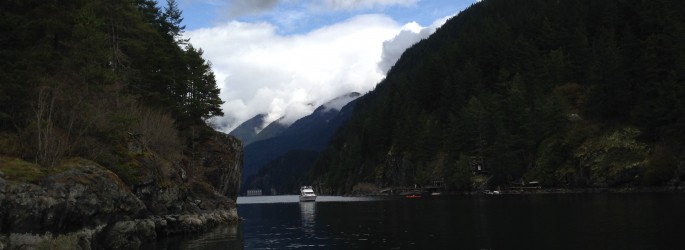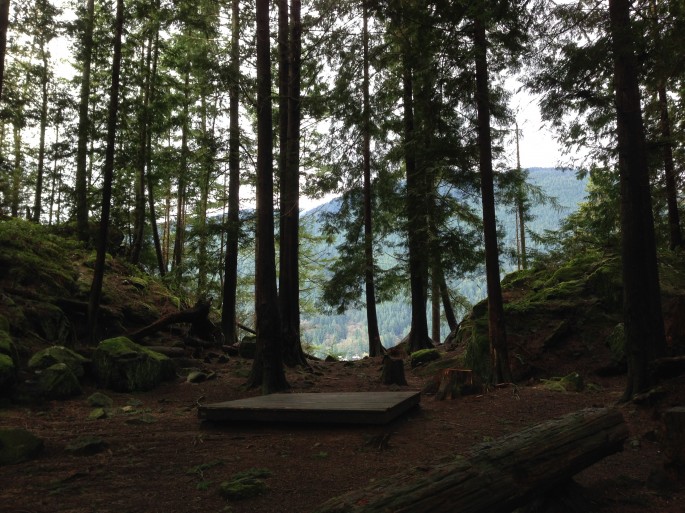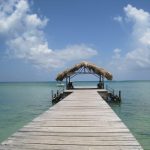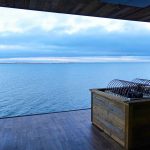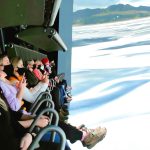How To Put The ‘Been Crabbing’ into BC – Fishing In British Columbia For Fun
Written by Jaillan Yehia
British Columbia’s mountain-and-coast nature is of course its major draw, so much so that BC’s latest tourism campaign is entitled ‘Super, Natural British Columbia’ – and a big part of that super, natural lure is the amazing fishing on offer.
One of the local pastimes to which I’ve been well and truly converted (as well as camping) is fishing in British Columbia – particularly crabbing – because once you’ve tasted the crab that comes out of these waters it really is hard to turn back.
Here’s how to grab a taste of local Dungeness crab for yourself…
The place I currently call home, Vancouver, British Columbia, comes up time and time again in lists of the best places to live on the entire planet.
While I’m not sure if these lists are voted for entirely by seafood fans I suspect that the incredible crab, salmon and other fresh fish on offer have a lot to do with people’s perception that British Columbians enjoy one of the highest quality of life ratios on the planet – let’s face it, when you’re eating crab that’s gone from the sea direct to your stomach in just a few hours its hard to argue that life is hard.
The first thing you’ll need to do if you don’t want to miss the boat on putting the ‘been crabbing’ into BC for yourself is to find a friend with a boat of their own – something that may not be as difficult as it sounds in an area that’s big on pleasure crafting.
It doesn’t have to be anything fancy, as long as there’s room for you and your crab traps, you’re good to go. In fact even if you don’t know anyone with a boat, and don’t want to shell out (I am so sorry about that pun) for a rental, the great thing about crabbing is that it can be done from the dock just as easily.
There are some rules and regulations you’ll need to observe before you set off but they’re pretty straightforward – just as you would in any part of the world you’ll need to make sure you’re aware of the local boating regulations – check the operator has boat insurance and his or her Canadian boating license – it’s compulsory.
My preferred next step it to head to Port Moody to launch (or drop your traps from the dock if you’re doing this sans boat).
From here you can quickly motor past Deep Cove to the west, through the Burrard Inlet and up Indian Arm (Say Nuth Khaw Yum) – a stunning Provincial Park which stretches to the North on your eastern side, opposite Mount Seymour National Park to the west.
Next choose some spots to lay your crab traps – the bait is up to you, whether it be other smaller fish you’ve caught that day or pre-baited traps with chicken or other meat. Half the fun is the trial and error of seeing what works best – we’ve found chicken is popular with the local crabs.
Of course if you’ve chosen a nice sunny day for your excursion, zooming around laying traps in different areas while exploring the inlets and islets is almost as rewarding as the proposed pay off of a crab dinner.
If you’re lucky and you do haul up a large catch there are a couple more steps to remember – firstly throw back any juvenile crab or females (this prevents the population dwindling, so do the right thing) – the ways to identify them are on the fisheries’website, and you can get a special measuring device called a crab caliper that makes following the rules easy.
In a day’s crabbing each person has a limit on the number of crab they can keep, depending on the area in which you’re fishing – so the next bit of paperwork you’ll need is a fishing license allowing you to bring these crabs home with you (you may not meet anyone who asks to see it, but you must have it on you in the event that you do).
Licenses start from less than $6 and are easy to procure online – you can do this on the morning you plan to fish and the license can be bought for durations of 1 day, 3 days, 5 days or 1 year – and there are two price brackets; it is a lot cheaper for residents.
The final step of course is to find another friend to help you prepare the crab to make it as delicious as possible – I was lucky enough to have every other type of crab I’ve tried all over the world blown out of the water by this Laotian style of cooking but with the key ingredient this fresh you can simply boil it in a pan and serve it with plain white rice and it will still probably be the best meal you’ve had in months.
For more information the best website to visit is the Canada fisheries and oceans website – there’s also a helpful leaflet in PDF format which you can view here.
If you want to know more about crab in general, including learning ways to cook your catch, you can do a lot worse than checking out this blog which has a section on Dungeness Crab.
Tags: British Columbia, Canada, Fishing
Trackback from your site.
